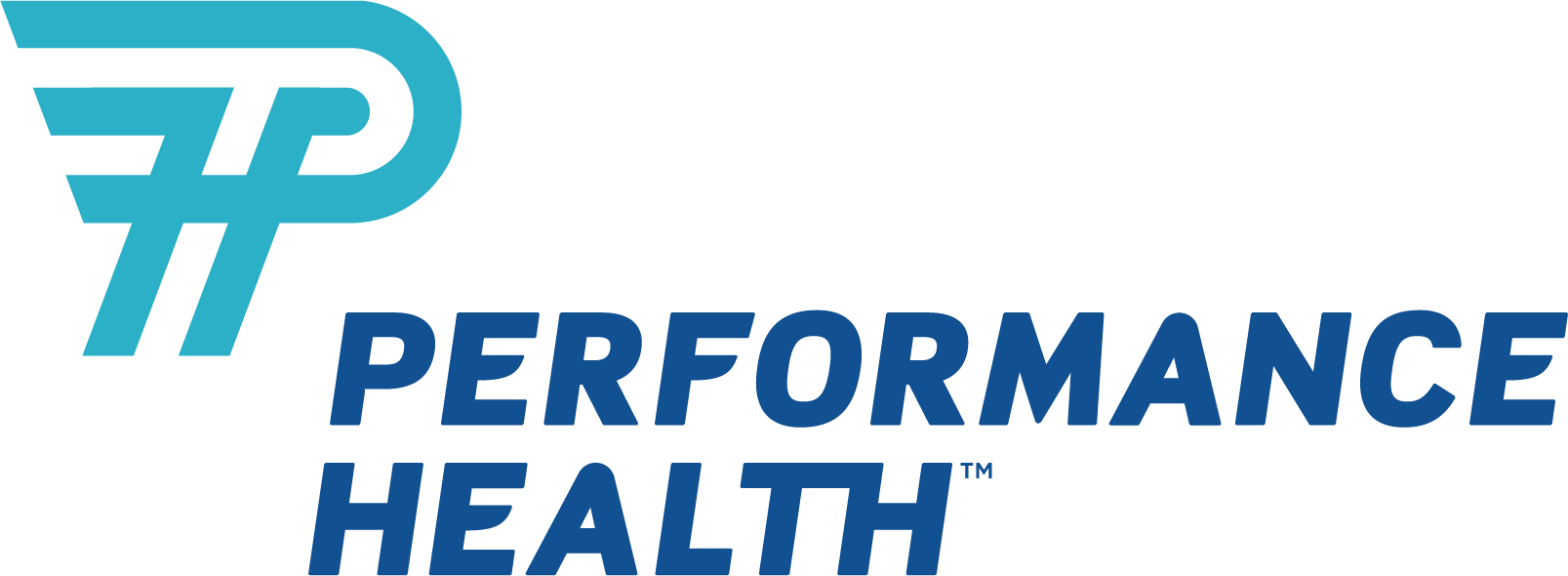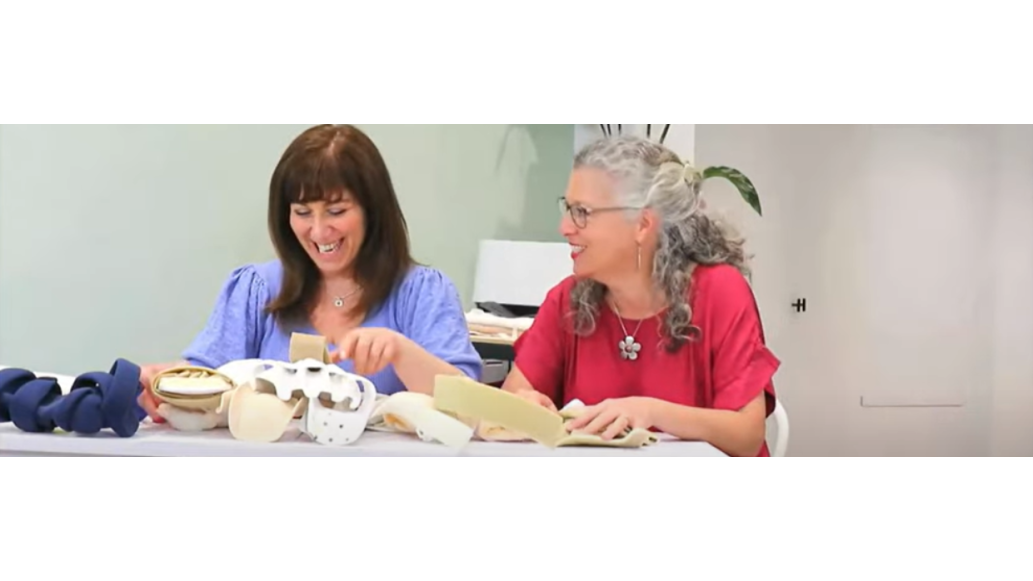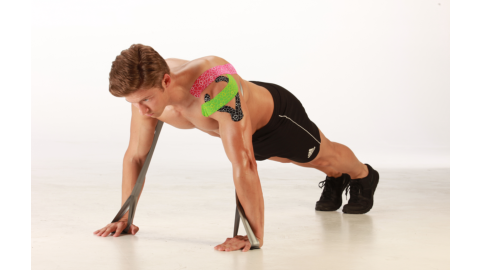Join Nicola Goldsmith, MSc, SROT and Miriam May, SROT, clinical specialist neurorehabilitation, in this recorded webinar to explore positioning splints. There are numerous situations in clinical practice where rehabilitation therapists need to provide positioning splints for their clients. With a vast array of off-the-shelf splints available, selecting which one might be suitable is a minefield. In this webinar, Nicola and Miriam explore a wide range of these splints and discuss the merits and pitfalls of fit, lining, strapping, adaptability and customisation.
Table of Contents
View the Recording of the Webinar
Q&A Between the Audience and Experts
Products in Order as Mentioned in the Webinar
View the Recording of the Webinar
Q&A Between the Audience and Experts
1. “What are the pros and cons of using a Capener splint seven weeks post duyptrens release? Is it too early? And could this cause micro trauma at the PIPJ?”
As answered by Nicola Goldsmith: “The principle of splinting to prevent or manage contractures is ‘LLPS’ - low load prolonged stretch. Capener splints tend to give strong extension forces and can only be worn for short periods. It would be very unusual for me to now use a Capener style splint for anything. I will usually fabricate one from neoprene and/or thermoplastic holding the joint in comfortable end of range but held there for at least six continuous hours (overnight).”
2. “Could you please talk about the position of the thumb in 'neuro splinting?’ In your opinion, should it be in opposition, or in mid palmar radio abduction?”
As answered by Nicola Goldsmith: “As a hand therapist I may have a different perspective than a neuro specialist. If trying to manage oedema or facilitate function, then abduction is the position I would choose. If the thumb is being held away from the palm for hygiene, it doesn’t matter really - whatever is most comfortable.”
As answered by Miriam May: “In terms of neuro I would equally aim for thumb to be positioned in abduction as this is required for any quality grip for function.”
3. "Could we use these splints for cerebral palsy patients, especially hemiplegia patients?"
As answered by Nicola Goldsmith: “Yes - use clinical reasoning for your splinting goals. Then choose appropriately.”
4. "Is it possible to purchase the foam lined Velcro straps separately?"
As answered by Nicola Goldsmith: “No - they are not available.”
5. "What is the functional glove called? The one with the bands for high tone."
As answered by Nicola Goldsmith: “This is the Saebo Glove.”
6. "We use the carrot air splint for severe hand contracture where a palm protector has need difficult to apply. Passive Range of Motion has improved and I am wondering if there is a larger carrot splint option or something inflatable I can insert into the palm protector to continue with a stretch when in use?"
As answered by Nicola Goldsmith: “I would have thought with some imagination, a thermoplastic piece could be integrated into which you insert the carrot. If you use Aquaplast 1/16 it is very giving and if you inflated the carrot within it, it would go with it.”
7. "This is not a specifically a neuro related question, but I am wondering if you would recommend splinting for patients with contractures who are living with scleroderma?"
As answered by Nicola Goldsmith: “I have splinted patients with scleroderma in the past, but I found two things. One, they have a tendency to stiffness, so always aim for position of safe immobilisation for any joint involved if possible. Two, the skin is very vulnerable so use very soft and wide straps allowing as much air flow as possible. Clinical reasoning has to lead on this one.”
8. “When I did my neurosplinting training, we were told that a neutral wrist position is most desirable in patients with increased tone. Do you agree?"
As answered by Nicola Goldsmith: “I would always aim to gain 10-15 degrees of wrist extension when using a splint to maintain the range.”
9. “Would you be able to send out a list, with links, of all products you have shown today?"
Yes, of course! Please see below.
Products in Order as Mentioned in the Webinar
Positioning Splints
Palm Protectors
Functional Splints
Medical Disclaimer: The information provided on this site, including text, graphics, images, and other material are for informational purposes only and are not intended to substitute for professional medical advice, diagnosis, or treatment. Always seek the advice of your physician or other healthcare professional with any questions or concerns you may have regarding your condition.






 US
US France
France Australia
Australia
























